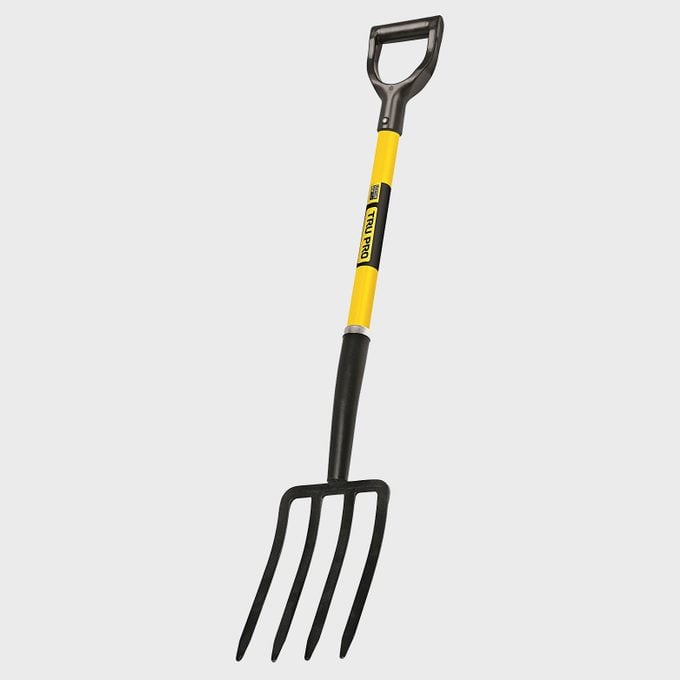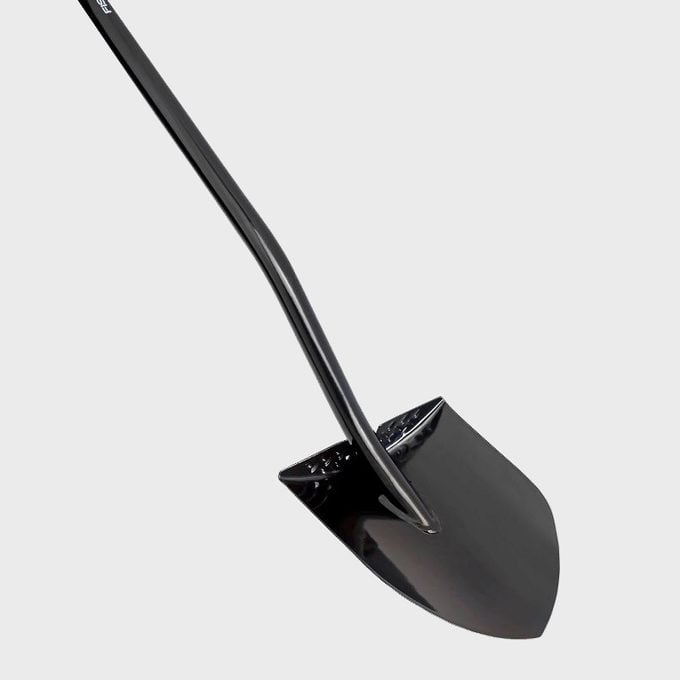How to Grow Your Own Food: A Beginner’s Guide
Updated: Jul. 31, 2023
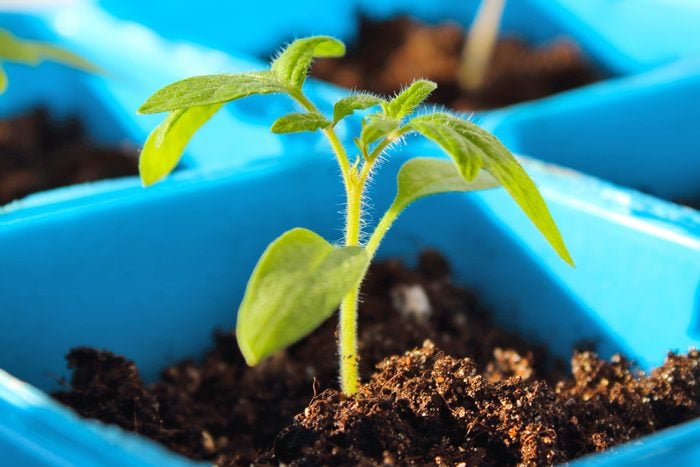
Everything you need to know about growing your own food at home, whether you have a large backyard or a small balcony
Chances are, you’ve been hearing more and more people talk about the importance of knowing where your food comes from and how to grow your own food. That understanding can help you be more conscientious toward the environment, live more sustainably, avoid pesticides in your produce and save money on food.
Think of it this way: When you buy fruits and vegetables from the supermarket, you’re supporting a production chain that involves transporting produce from one side of the world to the other—and creating greenhouse gas emissions in the process. But just as you can eat sustainable fish and seafood to live a more eco-friendly lifestyle, you can learn how to grow sustainable food too. And when you grow your own food and eat in season, you’re practicing sustainable living and doing the planet good.
Although gardening comes with a learning curve and factors (such as weather) that are out of your control, don’t let it overwhelm you. “Gardening is like a science project,” says Diane Blazek, executive director of the National Garden Bureau. “It will require trial and error, and mistakes are OK! That’s the best way to learn.”
Growing your own food at home
If you’ve never gardened before, it can be simultaneously exciting and intimidating to grow your own food. Sowing seeds does require some knowledge, some time and heaps of patience. But here’s the good news: Whether you have a spacious backyard or a tiny balcony, you can grow your own fruits and vegetables. (You can even grow your own mushrooms!)
The best way to start is by choosing veggies and fruits you enjoy eating, then figuring out when their growing seasons are. “Grow what you love to pick up at the grocery store,” says Allison Zeeb, account and product manager for home gardening at Takii Europe. “There is a world of plants out there. Start with what you love.”
If you’re feeling overwhelmed or simply want to ease into gardening, learn how to grow your own herbs. They’re low maintenance and a great way to start playing in the soil to get comfortable gardening.
Benefits of growing your own food
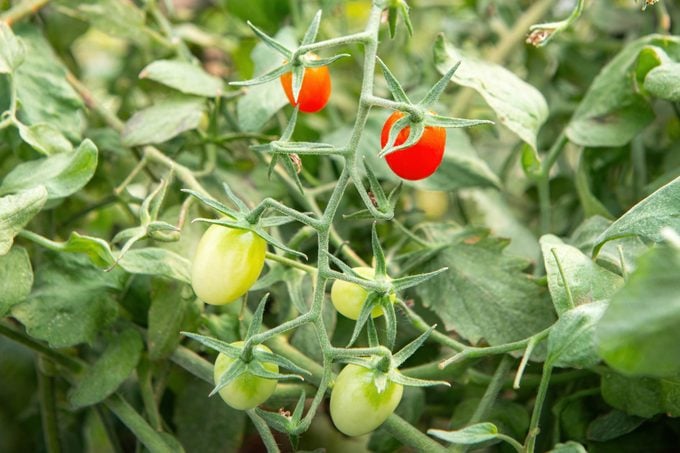
There are many reasons to consider growing your own food. Here are some benefits of having a backyard or container produce garden.
It’s good for the environment
Fruits and vegetables are seasonal produce, but grocery stores offer almost everything under the sun year-round, which means a lot of produce must be transported across the globe. All that shipping has a negative effect on the environment.
“Why pick them up from a grocery store, where the veggies were grown hundreds of miles away?” says Zeeb. Ease your climate anxiety and reduce your carbon footprint by trying to eat seasonally and grow your own produce.
There are no pesticides
One key benefit of learning how to grow organic food is being able to avoid chemical-based pesticides, which are harmful to the body and can also get into the water and soil. Thankfully, you don’t need chemicals to make the fruits and vegetables in your garden grow. “They are easily grown organically, which reduces the amount of synthetic fertilizers in your foods,” says Blazek.
When you grow your own food, you have easy and quick access to homegrown produce. “You are more likely to eat vegetables you grow yourself, so hopefully you are consuming a larger number of veggies in your daily diet when they are fresh and easy to harvest right outside your door,” says Blazek.
An added bonus: With produce this fresh and flavorful, you’ll be able to reduce food waste, which is good for your wallet and the planet.
You’ll eat healthier and more nutritious foods
Homegrown produce is tastier and more nutritious because you harvest and eat it at its peak—when it is meant to be enjoyed. “The produce gets to stay on the plant until it’s ripe, enhancing both the nutritional value and flavors,” says Amy Enfield, a horticulturist with Bonnie Plants. “Most produce found at the grocery store is harvested under-ripe to successfully ship it and get maximum shelf life in-store.”
It’ll save you money
Growing your own food is a way to save money on the rising cost of fruits and vegetables. A pack of seeds typically costs $2 to $4 and contains numerous seeds. That’s a great deal, considering a head of lettuce costs $2 at the grocery store. For around the same price, you can buy a pack of lettuce seeds and sow several per week so you have a continuous harvest throughout the season.
If you’re on the Supplemental Nutrition Assistance Program (SNAP), you can even use your benefits to buy seeds and edible plants for growing in a home garden.
What are the disadvantages of growing your own food?
While there are a bunch of benefits to tending to a home garden, it’s not without it drawbacks. The four below are the biggest complaints home gardeners mention when discussing the downsides of growing your own food.
It takes time
Gardens need tender love and care to thrive. You’ll need to dedicate time to growing your own food. “Gardens require a time commitment. You can’t plant a garden and forget about it,” says Enfield. “It will need watering, fertilizing, weeding, monitoring for pests and diseases, and harvesting when the vegetables are ripe.”
Although it can be easy to get caught up in the romance of gardening and harvesting your food, you have to be patient. Plants need time to grow, flower and produce fruit. “You can’t sow a seed today and harvest next week, unless it’s microgreens,” says Blazek.
You need at least a little space
Veggie gardens need space, especially for summertime crops, such as tomatoes, cucumbers and summer squash. But there are ways to garden even if you don’t have a sprawling backyard.
Want to know how to grow food in an apartment or on a windowsill? Grow in containers! “If space is limited, many vegetables, particularly compact types, can be grown in large containers filled with potting mix on a sunny deck or patio,” says Enfield.
It’ll cost you
Gardening isn’t a no-cost hobby. “While you’ll save money at the grocery store, starting a vegetable garden does require upfront costs for plants, supplies and tools,” says Enfield.
You don’t need many gardening tools, but you’ll need to buy soil and compost (though you can make your own compost), as well as seeds or plants.
You’re at the mercy of Mother Nature
When you start a vegetable garden, you’ll quickly realize how crucial the climate is and the importance of the seasons. That, and the fact that you don’t have any control over the weather. “You are in Mother Nature’s world,” says Blazek. “She dictates how much rain you’ll get and what temperatures she will give you. So work with her and act accordingly when it comes to planting time, watering and feeding.”
Things to consider before growing your own food
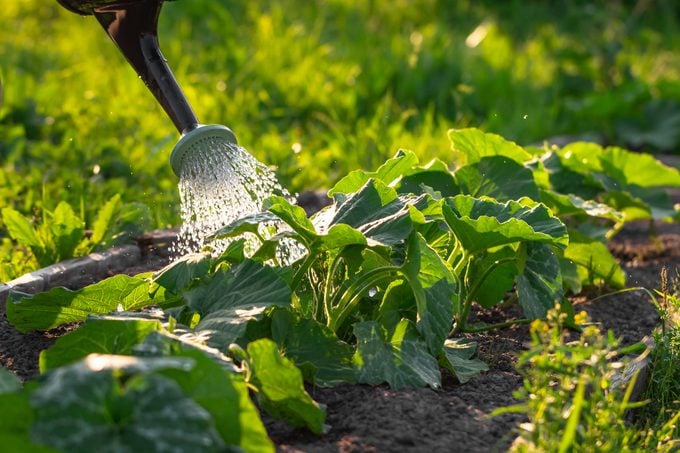
You’ve committed to growing fruits and veggies. You’re excited to get dirty. But before you dig in (literally), consider a few elements that dictate how your garden grows.
Sun
When deciding where to plant your garden, pay attention to where the sun hits your balcony, porch, backyard or windowsill. For a healthy and thriving garden, your plants need to get ample sunlight.
“Take a look at the amount of sun various areas of your yard/garden get,” says Blazek. “A general rule of thumb is to make sure it gets six hours [preferably eight] of full sun per day in order to have the healthiest and most productive vegetable garden.”
You may be able to get away with fewer hours of sunlight, depending on the vegetables you plant. “Some vegetables will tolerate partial sun [four to six hours of direct sunlight], like broccoli, peas, beans, onions, cabbage, beets and carrots,” says Enfield.
Climate
If you want to have a successful garden, you’ll need to know your climate zone, or USDA hardiness zone. This will determine what you can grow and when. Plus, not all plant varieties will be suitable for growing in all geographical regions.
“The USDA established hardiness zones across the country to let people know what the average low temperature is for their specific area,” explains Jo Ellen Meyers Sharp, a longtime gardener, writer and editor. “The hardiness zone and average first and last freeze dates are referenced in many planting instructions, such as [those that recommend] sowing seeds outdoors two weeks after the last frost.”
You also need to know how long a plant takes to go from seed to fruit or to harvest so you can make sure you have enough time for growing and can plan accordingly. If all this sounds like too much to take in, know that it just requires some forward thinking. “Take a watermelon, for example,” says Blazek. “If it says 80 days to maturity and your first frost is October 15, you cannot plant that in mid-August and expect to get a melon before frost.”
Soil safety
Soil is a fundamental component of your garden. Not only is it where your plants are grown, but it’s also where they’ll receive the majority of their nutrients. So it goes without saying that knowing what’s in your soil is key. “If planting in-ground, then a soil test is a must,” says Blazek.
A soil test, which is available at garden centers or your local nursery, will show you if there is lead or any toxins in the soil. If there is, you’ll have to scratch plans for in-ground planting and consider raised beds or containers. A test also lets you know what nutrients are lacking so you can add them.
Blazek compares soil tests to health tests. “Think of your soil like your own body. It needs food but maybe just the right kind of food/nutrients,” she says. “Without proper health tests, you won’t know which [foods] you need and which you don’t need.”
Soil rich in organic matter
Once you know what’s in your soil and what you may need to add, you can start to learn how to decipher between clay-based soil and nutrient-dense soil. “Pick up the soil in your hand and have it roll through your fingers. If it’s dark and crumbles, it usually has a ton of organic matter,” says Zeeb. “Does it feel like clay from school? Then you should probably add additional organic matter to start your vegetables off right.”
Seasonality
We may be accustomed to having whatever fruits and vegetables we crave within arms reach at the grocery store, but when you grow your own food, you’ll quickly learn that not everything grows year-round.
“Vegetable gardens are seasonal,” explains Enfield. Knowing the distinction between cool- and warm-season vegetables is helpful in planning out your garden. As a general rule of thumb, consider her recommendations for when to plan each type of vegetable.
- Early to mid-spring: Cool-season vegetables like carrots, radishes, lettuce, spinach, broccoli and cabbage
- Late spring and early summer: Warm-season vegetables like tomatoes, peppers, zucchini, melons, eggplant and cucumbers
- Late summer to early fall: Many cool-season vegetables
“Understand your growing zones and climates,” says Zeeb. “Not every plant works in every state or time of year.”
When to harvest
One of the best parts of cultivating a veggie garden is reaping the rewards when it’s time to harvest. Whether you’ve grown from seeds or purchased a seedling or starter plant, you’ll have info on what the plant needs in order to grow, as well as how long it’ll grow before harvest time. The best time to harvest differs by plant, so pay attention to the seed packet or growing instructions that came with the seedling.
Tools you’ll need to grow your own food
Gardening doesn’t require much equipment, but there are several tools that can be helpful. The tools you need will also depend on the size and type of garden you grow—whether you’re building a container, raised bed or in-ground garden makes a difference.
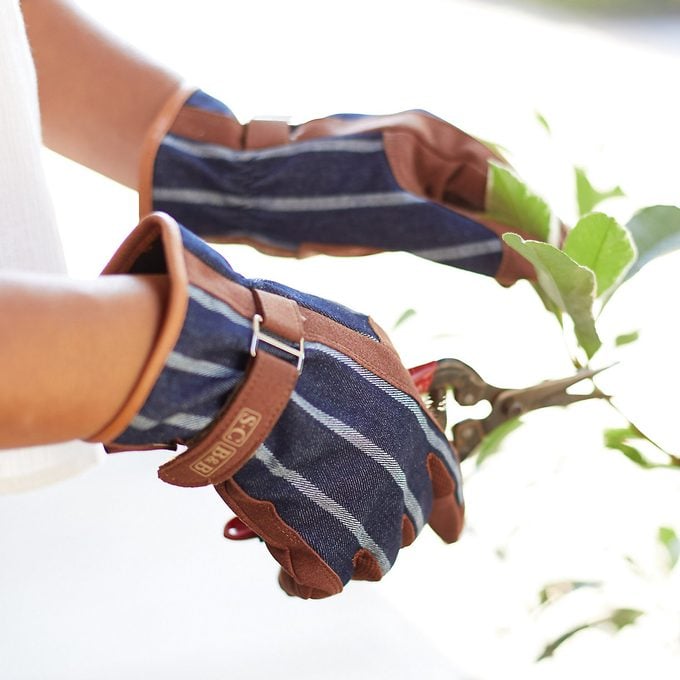
Gardening gloves
Blazek says getting dirt under your fingernails is a badge of honor, but it’s pretty hard to get out. “[Get] a pair of properly fitting gardening gloves that are water-resistant but breathable,” says Enfield. “Not only do they help keep hands clean, but they also protect against scratches.”
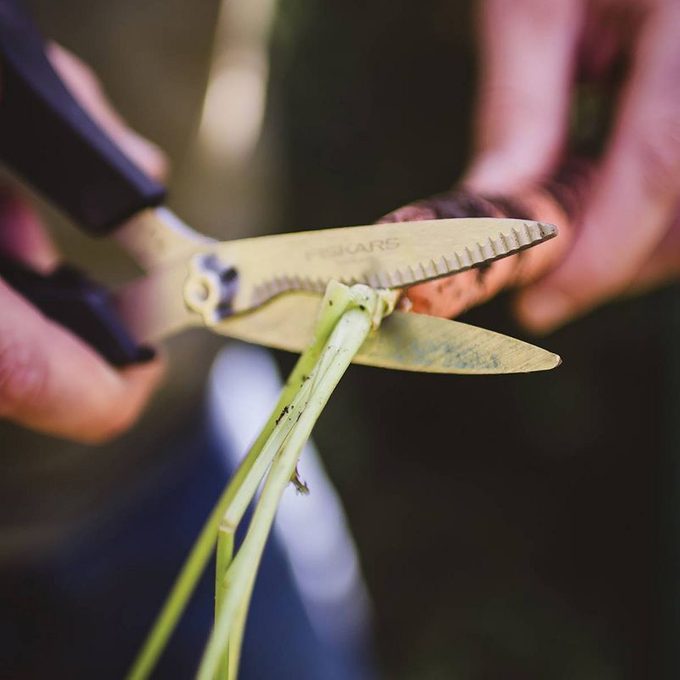
Pruning shears or garden scissors
“These are beneficial for trimming up plants and harvesting fruit [like eggplant, cucumbers and peppers] without damaging the rest of the plant,” explains Enfield. Blazek adds that these are useful for “maintenance throughout the season and for harvesting many vegetables.”
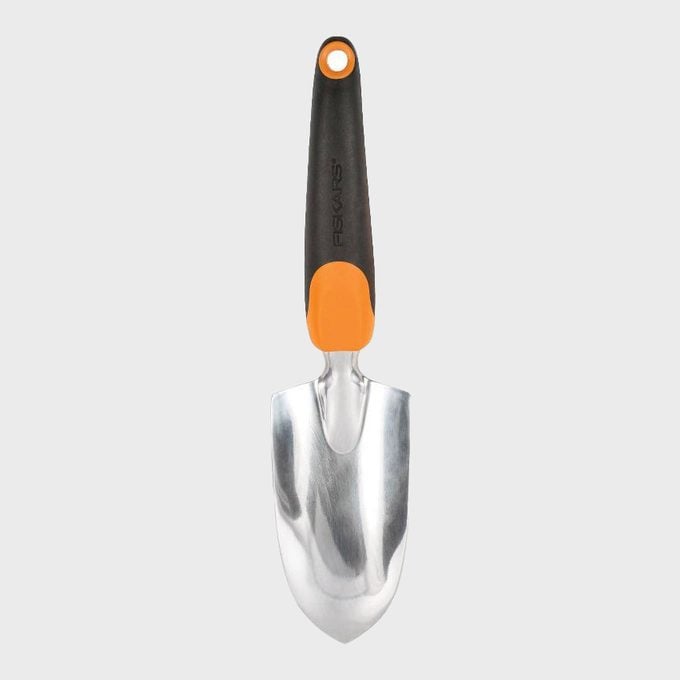
Hand trowel
“This is for breaking up small patches of soil, digging holes in which to plant and digging out weeds,” says Blazek. Enfield also uses a hand trowel when planting young plants.
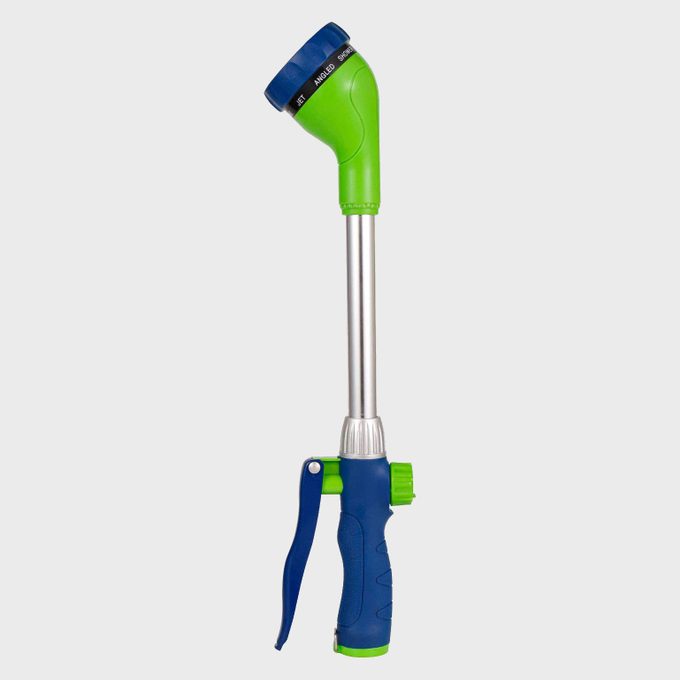
Watering wand or watering can
Depending on the size of your garden, you may want a watering wand or watering can to direct water to the base of your plants. “Plants should be watered with a ‘gentle shower’ so they aren’t damaged and the soil isn’t overly compacted,” says Enfield.
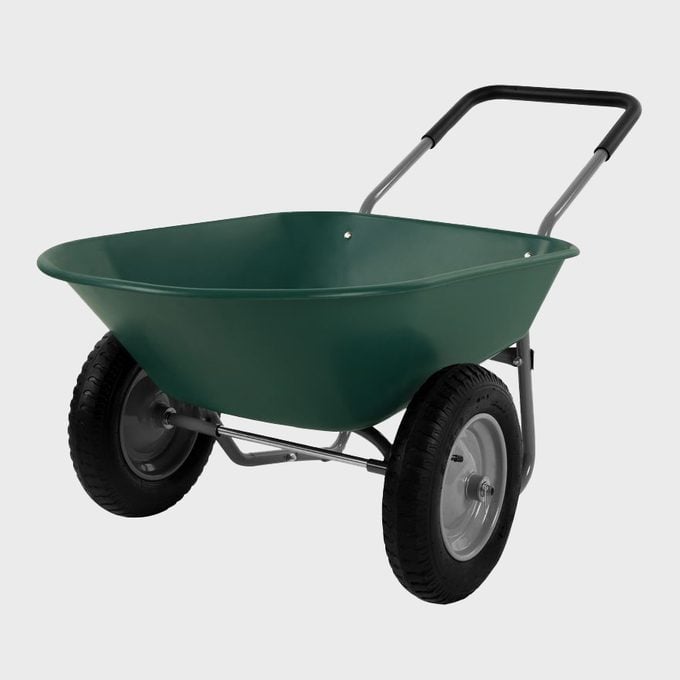
Wheelbarrow
For bigger gardens, you may need bigger tools, and a wheelbarrow can make gardening smoother and easier. Enfield recommends using one for moving around soil, compost, mulch or other bulky objects.
Garden fork
This tool is helpful for turning and breaking up soil as well as incorporating compost into your soil, says Enfield. That said, it’s not necessary unless you have a bigger garden.
Shovel
If you’re working with a big area, get yourself a shovel or a spade (it’s like a shovel with a flat, squared end) for digging holes, edging or moving small amounts of soil, says Enfield.
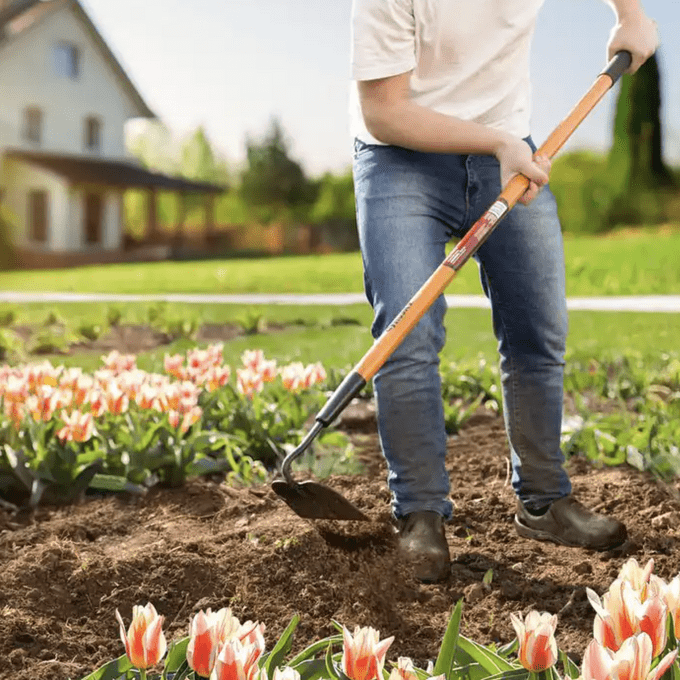
Garden hoe
Big gardens may benefit from the use of a garden hoe, which Enfield says “is good for creating shallow trenches when planting seeds or weeding the garden.”
Which foods are easiest for beginning gardeners?
When you’re just getting started, it’s natural to want to grow a little bit of everything. But some veggies are easier to grow than others. “The easiest foods to grow for beginners are lettuce, spinach, kale and other greens,” says Sharp. “And these foods are easy to grow in pots on the patio, balcony, porch stoop—just about anywhere.”
Zeeb also considers Bush beans an easy-to-grow plant. “They grow on compact plants, so they don’t need stakes, poles or trellises,” she says. “Just plant, and in seven to eight weeks, you’ll have beans ready to be gobbled up.”
Eager to plant? These are the fastest-growing foods, from seed to harvest, with estimated growing lengths:
- Beets: about 25 days
- Bush beans: about 50 days
- Kale: about 40 days
- Lettuce: about 40 days
- Radishes: about 50 days
- Scallions: about 30 days
- Spinach: about 30 days
- Zucchini: about 50 days
Greening your life
Now that you know how to grow your own food at home, you may want to consider investing in a compost bin and starting a compost pile to make an amendment for your vegetable garden. Once everything is planted, you can watch it grow and transform before it’s time to reap the rewards and harvest.
If you want to learn more about living sustainably and reducing your impact on the environment, read up on how to recycle (the right way) and ways to conserve water—an important topic for anyone regularly using water in the garden.
Sources:
- Diane Blazek, executive director of the National Garden Bureau
- Allison Zeeb, account and product manager for home gardening at Takii Europe
- Amy Enfield, horticulturist with Bonnie Plants
- Jo Ellen Meyers Sharp, longtime gardener, writer and editor
- USDA: “Using SNAP Benefits to Grow Your Own Food”

